

- RFQ
- BOM
-
Contact Us
Tel: +86-0755-83501315
Email: sales@sic-components.com
- Chinese
- English
- French
- German
- Portuguese
- Spanish
- Russian
- Japanese
- Korean
- Arabic
- Irish
- Greek
- Turkish
- Italian
- Danish
- Romanian
- Indonesian
- Czech
- Afrikaans
- Swedish
- Polish
- Basque
- Catalan
- Esperanto
- Hindi
- Lao
- Albanian
- Amharic
- Armenian
- Azerbaijani
- Belarusian
- Bengali
- Bosnian
- Bulgarian
- Cebuano
- Chichewa
- Corsican
- Croatian
- Dutch
- Estonian
- Filipino
- Finnish
- Frisian
- Galician
- Georgian
- Gujarati
- Haitian
- Hausa
- Hawaiian
- Hebrew
- Hmong
- Hungarian
- Icelandic
- Igbo
- Javanese
- Kannada
- Kazakh
- Khmer
- Kurdish
- Kyrgyz
- Latin
- Latvian
- Lithuanian
- Luxembou..
- Macedonian
- Malagasy
- Malay
- Malayalam
- Maltese
- Maori
- Marathi
- Mongolian
- Burmese
- Nepali
- Norwegian
- Pashto
- Persian
- Punjabi
- Serbian
- Sesotho
- Sinhala
- Slovak
- Slovenian
- Somali
- Samoan
- Scots Gaelic
- Shona
- Sindhi
- Sundanese
- Swahili
- Tajik
- Tamil
- Telugu
- Thai
- Ukrainian
- Urdu
- Uzbek
- Vietnamese
- Welsh
- Xhosa
- Yiddish
- Yoruba
- Zulu
- Kinyarwanda
- Tatar
- Oriya
- Turkmen
- Uyghur
How to protect against overvoltages in analog front ends using Over-The-Top amplifiers?
Analog front ends (AFEs) serve as the critical interface between sensors, transducers, or external signals and digital processing systems. They condition weak or noisy signals for accurate measurement, but their sensitivity makes them vulnerable to overvoltages—sudden voltage spikes or sustained overshoots that can damage components, corrupt data, or disable entire systems. Over-The-Top (OTT) amplifiers, designed to handle voltages beyond their supply rails, offer a robust solution for overvoltage protection in AFEs. This article explores how OTT amplifiers work, their role in AFE protection, and practical implementation strategies.
1. Understanding Overvoltage Risks in Analog Front Ends
AFEs typically operate with low supply voltages (e.g., 3V to 15V) and process small signals (mV to V range), making them susceptible to overvoltages from various sources:
Environmental Interference: Lightning strikes, electromagnetic pulses (EMPs), or inductive load switching (e.g., motors, relays) can induce transient voltage spikes (up to 100V or more) in signal lines.
Sensor or Transducer Malfunctions: Faulty sensors (e.g., thermocouples, pressure transducers) may output incorrect high voltages due to calibration errors or physical damage.
User Error: Accidental connection of high-voltage sources (e.g., 24V industrial lines) to low-voltage AFE inputs during testing or maintenance.
Overvoltages can damage sensitive components like op-amps, analog-to-digital converters (ADCs), or voltage regulators, leading to system downtime, data loss, or costly repairs. Traditional protection methods (e.g., Zener diodes, TVS diodes) often introduce signal distortion or limit dynamic range, making them unsuitable for precision AFEs.
2. What Are Over-The-Top (OTT) Amplifiers?
Over-The-Top amplifiers are specialized op-amps or instrumentation amplifiers designed to tolerate input voltages beyond their supply rails (both positive and negative) without damage or performance degradation. Key features include:
Rail-to-Rail Input/Output: They can process signals from below the negative supply rail (V₋) to above the positive supply rail (V₊), even when inputs exceed V₊ or drop below V₋.
Overvoltage Tolerance: Internal protection circuits (e.g., clamping diodes, current-limiting resistors, or isolated input stages) allow inputs to safely withstand overvoltages (often up to ±60V or higher) without latching up, burning out, or distorting the signal when voltages return to normal.
Low Distortion: Unlike passive protection components, OTT amplifiers maintain linearity and precision, ensuring signal integrity even during transient overvoltages.
Wide Supply Range: They operate with standard AFE supply voltages (e.g., 5V to 36V) while handling overvoltages far beyond these ranges.
3. How OTT Amplifiers Protect Analog Front Ends
OTT amplifiers integrate protection mechanisms into their design, addressing overvoltages in three critical stages:
3.1 Input Overvoltage Clamping
When an input voltage exceeds the safe range (e.g., above V₊ or below V₋), internal clamping circuits activate to shunt excess current away from sensitive components. These circuits use:
Back-to-back Zener diodes or transient voltage suppressors (TVS) to clamp overvoltages to a safe level (typically just above V₊ or below V₋).
Current-limiting resistors in series with the input to restrict fault current, preventing damage to the amplifier’s input stage.
For example, if an OTT amplifier with a 5V supply (V₊ = 5V, V₋ = 0V) receives a 24V overvoltage, its clamping circuit limits the voltage at the input pin to ~5.5V, diverting excess current to ground or the positive rail.
3.2 Safe Operation During Overvoltage Events
OTT amplifiers avoid latch-up (a destructive short-circuit state caused by excessive current in CMOS devices) through:
Isolated input stages: Using junction isolation or silicon-on-insulator (SOI) technology to separate the input stage from the rest of the amplifier, preventing overvoltage from propagating to internal circuits.
Active current limiting: Monitoring input current and reducing gain or shutting down temporarily if current exceeds a safe threshold, then restoring normal operation once the overvoltage subsides.
This ensures the amplifier continues functioning correctly after the overvoltage event, avoiding the need for system reset or replacement.
3.3 Signal Integrity Preservation
Unlike passive protection components (e.g., series resistors or diodes), which introduce voltage drops or distortion, OTT amplifiers maintain signal fidelity by:
Linear operation even near the supply rails, ensuring small signals (e.g., sensor outputs) are not clipped or attenuated.
Low input offset voltage and drift, critical for precision measurements in applications like medical devices (e.g., ECG monitors) or industrial sensors (e.g., pressure transducers).
4. Practical Implementation in Analog Front Ends
Integrating OTT amplifiers into AFEs requires careful design to balance protection, performance, and cost. Key considerations include:
4.1 Selecting the Right OTT Amplifier
Choose an OTT amplifier based on:
Overvoltage rating: Ensure it can withstand the maximum expected overvoltage (e.g., ±40V for industrial sensors, ±60V for automotive applications).
Bandwidth and slew rate: Match the amplifier’s speed to the signal bandwidth (e.g., 1MHz for temperature sensors, 100MHz for high-speed data acquisition).
Supply voltage compatibility: Ensure the amplifier operates within the AFE’s supply range (e.g., 3V to 5V for battery-powered devices).
Examples of OTT amplifiers include Texas Instruments’ OPA211 and ADI’s AD8221, which tolerate inputs up to ±40V with 5V supplies.
4.2 Circuit Design Strategies
Series Protection: Add a low-value current-limiting resistor (10Ω to 100Ω) between the signal source and the OTT amplifier input to reduce fault current, complementing the amplifier’s internal protection.
Shunt Protection: Combine the OTT amplifier with external TVS diodes or gas discharge tubes (GDTs) for extreme overvoltages (e.g., lightning-induced spikes >100V), clamping transients before they reach the amplifier.
Ground Isolation: In high-voltage environments (such as industrial machinery), use isolation transformers or optocouplers to separate the analog front end (AFE) from noisy or high-voltage sources, thereby reducing the risk of overvoltage at the source.
4.3 Application-Specific Considerations
Industrial Sensors: In factory automation, AFEs interfacing with 4–20mA current loops or 0–10V sensors face risks from motor switching. OTT amplifiers with ±60V tolerance protect against inductive kickback.
Medical Devices: ECG or EEG monitors require high precision and safety. OTT amplifiers with low noise (<10nV/√Hz) and ±30V protection prevent damage from defibrillator pulses or patient-induced static.
Automotive Electronics: Battery management systems (BMS) or infotainment AFEs must withstand 12V to 48V transients. OTT amplifiers with AEC-Q100 certification ensure reliability in harsh automotive environments.
5. Advantages Over Traditional Protection Methods
Protection Method Limitations OTT Amplifiers
Zener Diodes/TVS Diodes Introduce voltage drops; may distort small signals. No signal distortion; maintain linearity.
Series Resistors Reduce signal amplitude; increase noise. Preserve signal strength; low noise.
Relay-Based Isolation Slow response; bulky; high power consumption. Fast response; compact; low power.
Standard Op-Amps + Fuses Fuses require replacement; op-amps may latch up. Self-recovering; no need for component replacement.
6. Conclusion
Overvoltages pose a constant threat to sensitive analog front ends, but Over-The-Top amplifiers provide a proactive solution by combining robust overvoltage tolerance with signal integrity. By clamping excess voltages, preventing latch-up, and preserving linear operation, OTT amplifiers ensure AFEs remain reliable in harsh environments—from industrial factories to medical facilities. When selecting and implementing OTT amplifiers, engineers must balance protection ratings, performance parameters, and application-specific needs to create resilient, high-precision systems. As signal processing demands grow, OTT amplifiers will continue to be a cornerstone of AFE design, enabling safer and more reliable electronic systems.
https://www.sic-components.com/amplifierscategory-1

Hot Products
View MoreRelated Blogs

2000+
Daily average RFQ Volume

30,000,000
Standard Product Unit

2800+
Worldwide Manufacturers

15,000 m2
In-stock Warehouse




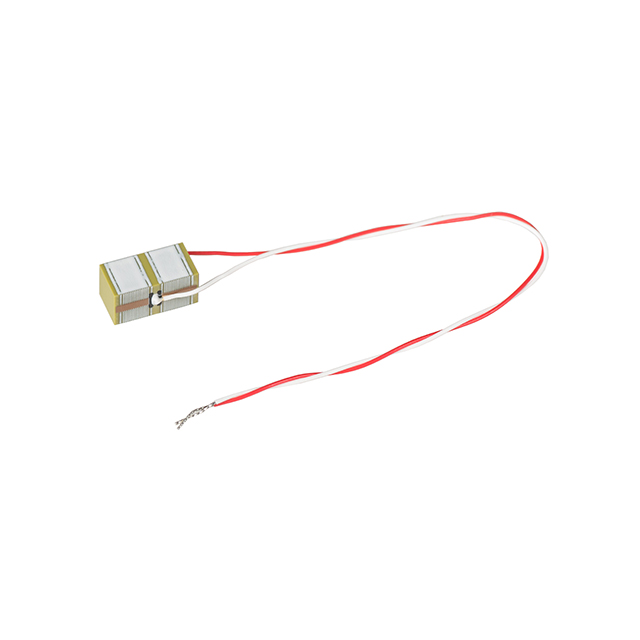
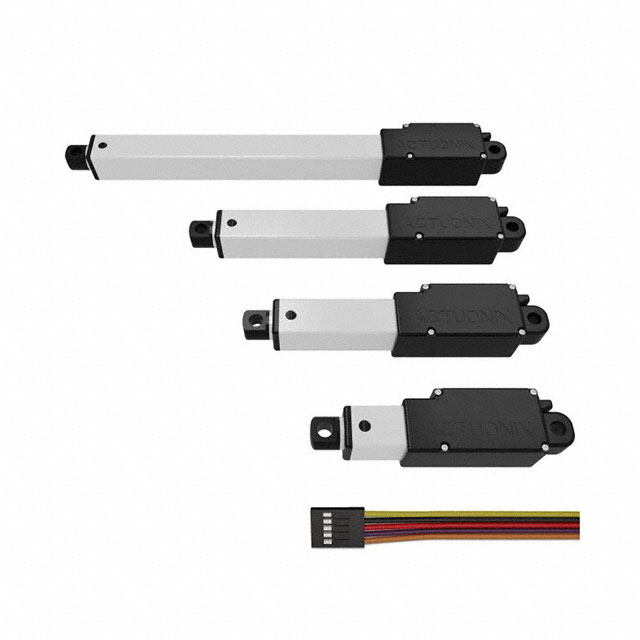
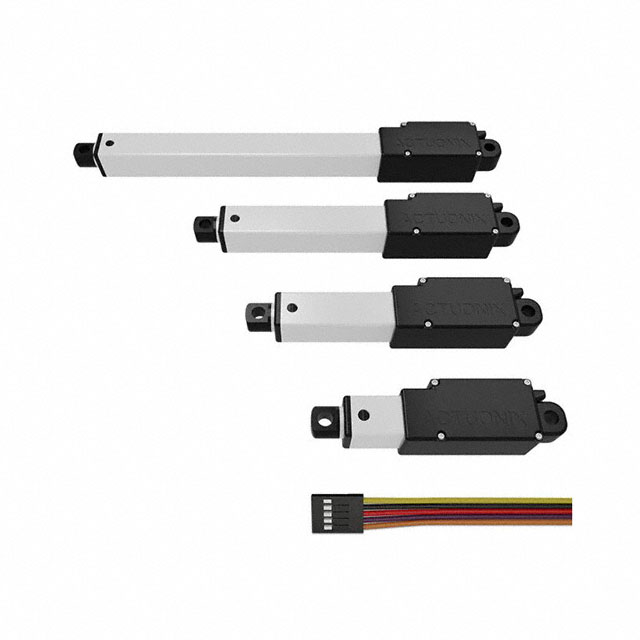
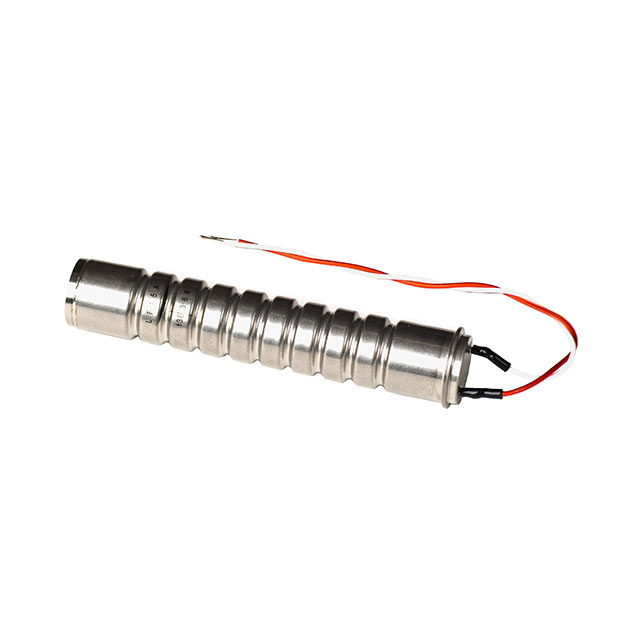
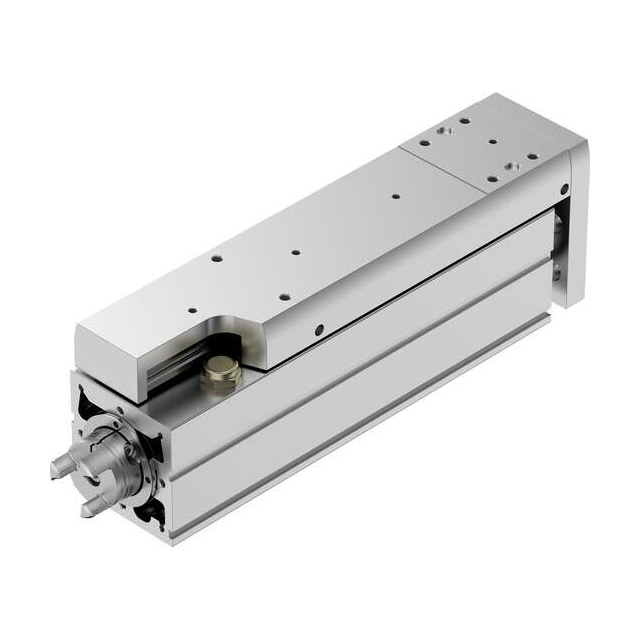
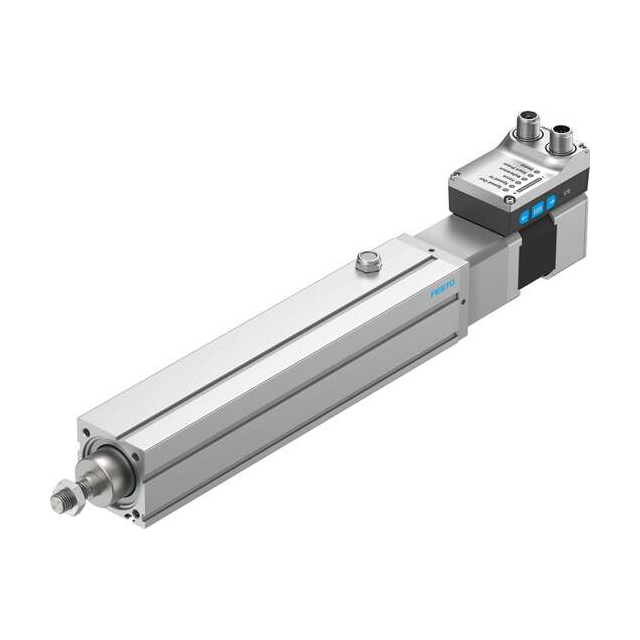
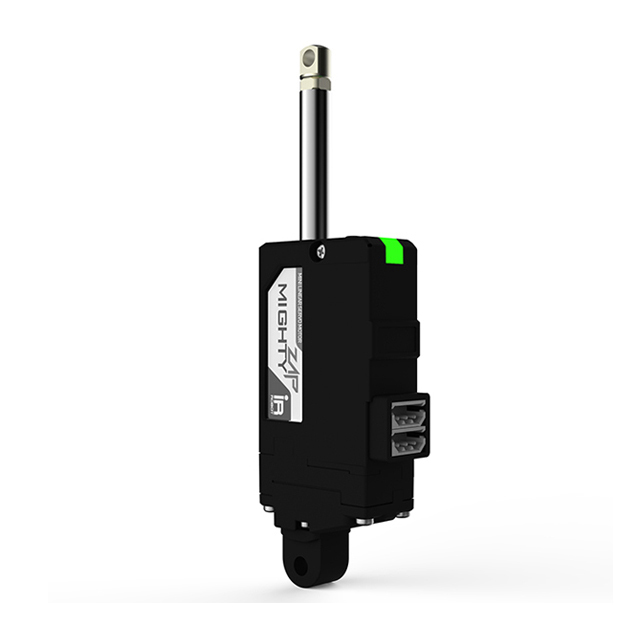
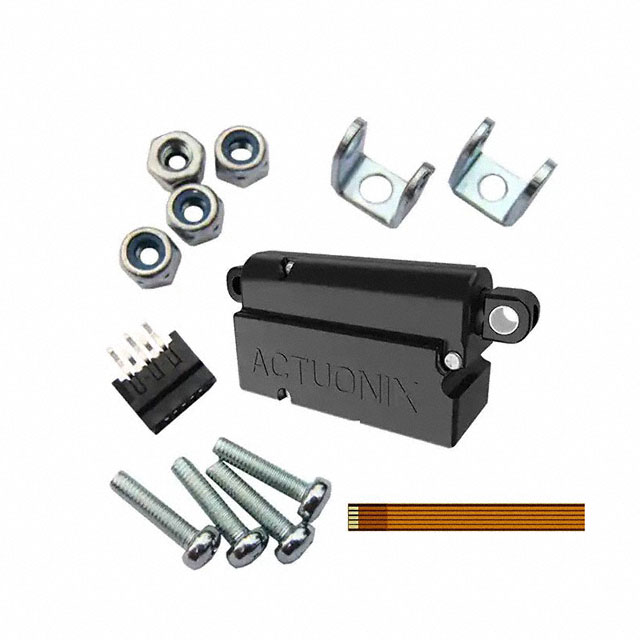










 Wishlist (0 Items)
Wishlist (0 Items)